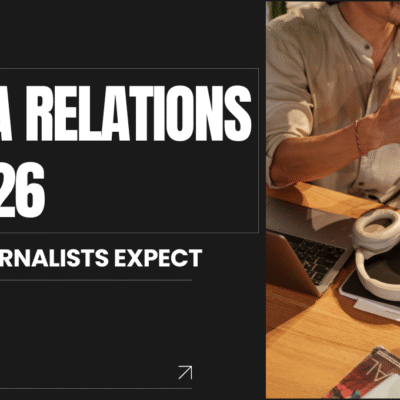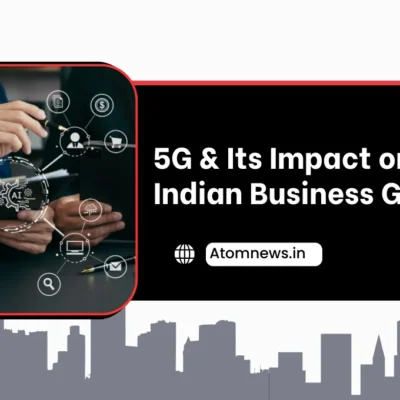Online trust has become a defining currency for brands operating in India’s increasingly digital marketplace. With constant scrutiny, user-generated content, and real-time public conversations on platforms like X (formerly Twitter), YouTube, and Instagram, brands no longer control narratives the way they once did. Today, trust is built not through silence or polished messaging, but through openness, honesty and visible accountability.
Transparency is now a strategic communication advantage—not just a moral choice. Indian consumers expect clarity, especially when mistakes are made or expectations fall short. This shift is reflected across industries, and brands that embrace transparency are consistently earning deeper loyalty and stronger digital reputation.
Below, we break down real cases and communication patterns to understand what transparency looks like in action, and how it creates long-term trust.
Why Transparency Matters in the Digital Era
Consumers today want authenticity, not scripted answers. A 2024 Edelman Trust Barometer report shows that 71% of global audiences trust brands more when they acknowledge mistakes openly rather than avoid them.
Digital-first Indian consumers are highly informed, fast to react, and willing to call out brands online. They expect brands to communicate like humans—clear, responsive, and accountable. Silence or defensiveness often creates an information vacuum, allowing misinformation and speculation to grow.
Internal reference:
🔗 AtomNews Link: Crisis Communication Lessons from Indian Brands
Case Example 1: Zomato and Radical Openness
Zomato has consistently embraced transparency as part of its communication playbook. When the brand faces customer complaints—whether around delivery delays, product issues or policy changes—Zomato responds publicly with context, solutions and empathy.
In 2023, when the company redesigned its loyalty program, the announcement included clear reasoning, limitations and expected outcomes. Instead of backlash, the update generated meaningful conversation, with users acknowledging the brand’s honesty.
This proves one key point: customers don’t demand perfection— they demand clarity.
Case Example 2: boAt and Honest Manufacturing Communication
While many Indian D2C brands avoid revealing overseas manufacturing, boAt has leaned into openness. Instead of hiding production details, the brand shares its progress toward “Make in India” goals transparently.
By being honest about what is local and what isn’t, boAt built public trust—especially among its core Gen Z consumer base where authenticity matters more than brand polish.
Case Example 3: Amul’s Clear Communication During Pricing Changes
During supply disruptions or pricing shifts, Amul consistently issues public explanations, including leadership-led updates and clear reasoning. These statements prevent speculation and misinformation.
By treating the public as informed stakeholders—not passive buyers—Amul has managed to maintain long-term credibility year after year.
Common Patterns Across These Case Studies
Across every example, transparency was practiced in a repeatable way:
- The brand acknowledged the issue instead of ignoring it
- Explanations were human, not defensive or corporate
- Communication was consistent across channels
- Leadership visibility strengthened accountability
- Updates continued even after the issue cooled
This consistency—not just a single statement—is what builds durable trust.
Why Transparency Is Becoming a Competitive Advantage
A PwC India Consumer Study (2024) found that 82% of Indian millennials and Gen Z prefer brands that openly share how decisions are made or how products are built.
Transparency is no longer a PR response—it is a brand strategy. From sustainability sourcing and pricing logic to AI content disclosures and privacy explanations, the demand for visible accountability will only grow.
Final Insight
The brands that thrive online are the ones that embrace transparency long before a crisis forces it. In a world where information moves fast and customer expectations evolve even faster, trust is earned through openness, continuity and honest conversation. Brands that share their reasoning, own their missteps and communicate like humans—not corporations—build relationships that last beyond trends, platforms or product cycles.





